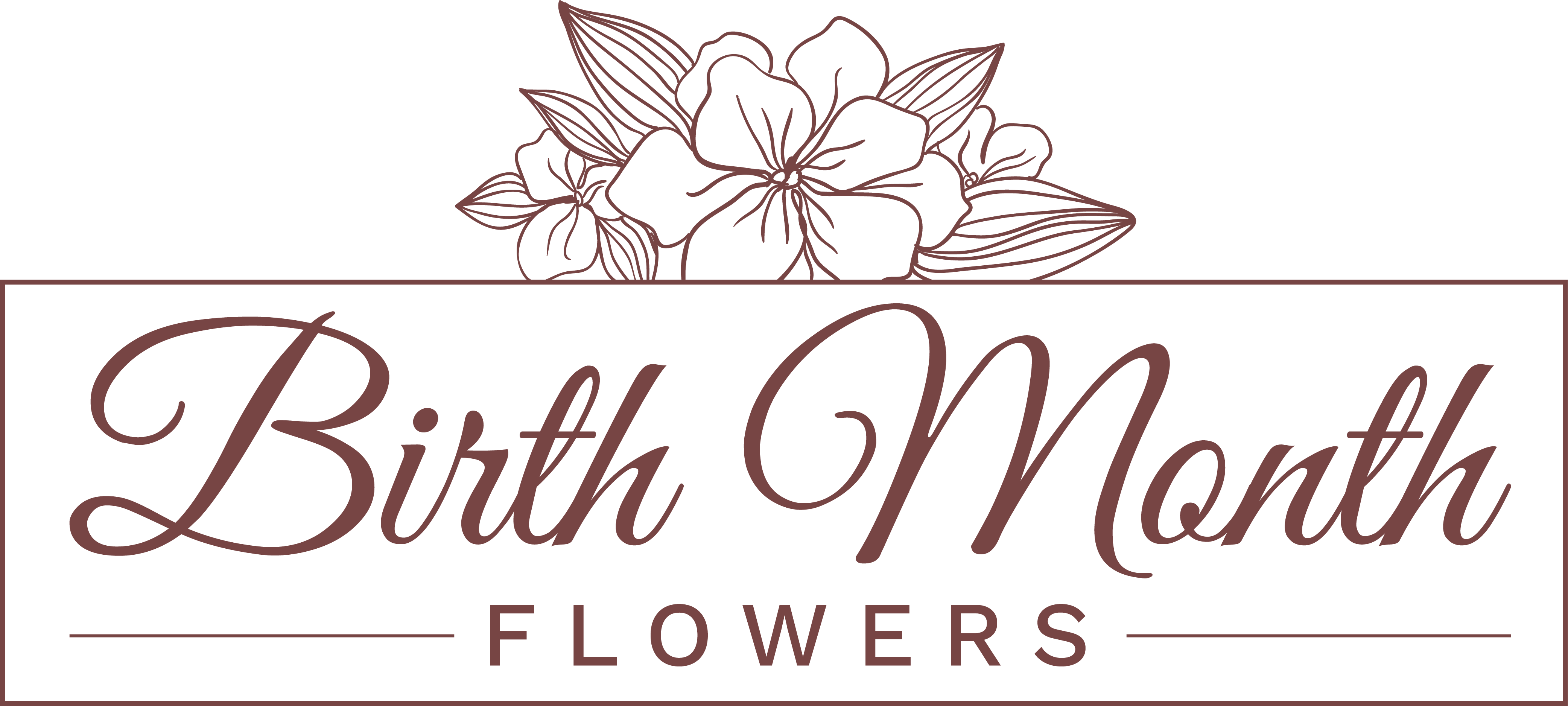Snowdrops (Galanthus)
Galanthus, also known as snowdrop, is a small group of about 20 species of bulbous perennial plants in the Amaryllidaceae family. You should know that alll species of Galanthus grow from bulbs. They have two leaves and white, drooping flowers with six petal-like parts in two layers.
Snowdrops ( Galanthus ) – Their Facts, Description & Uses

Elegantly white – snowdrops brighten every space they bloom. Also known as Galanthus, they are the quintessential January birth flowers. They are not just pretty. In fact, they are the sign that spring is coming. After all, these flowers are the first ones to bloom from the snow. As the birth flowers for January, they carry diverse meanings and history. But this is not all. Apart from the symbolism, there’s so much else for you to know. Let’s find out!
Snowdrops – Facts & Description
Galanthus, also known as snowdrop, is a small group of about 20 species of bulbous perennial plants in the Amaryllidaceae family. You should know that alll species of Galanthus grow from bulbs. They have two leaves and white, drooping flowers with six petal-like parts in two layers. The inner layer is smaller than the outer one and has green markings. Undoubtedly, snowdrops make the gardens gleam and bouquets shine.
Guide Info About Snowdrops
| Common Name | Snowdrop |
|---|---|
| Scientific Name | Galanthus nivalis |
| Family Name | Amaryllidaceae |
| Plant Type | Perennial, bell-shaped |
| Hardiness | 3-8 |
| Maintenance | Low |
| Exposure | Full, Partial Sun |
Where to Plant Snowdrop?
Moist but well-drained soil, like under a tree or shrub, is the ideal spot to plant snowdrops. Even the shady side of your house will work well for snowdrops. These flowers bloom early in the year, so plant them where you can easily see them. The edge of a path or a spot visible from a window is ideal. Plant snowdrops in groups of 10 to 25 or more for a beautiful display. By late spring, their bulbs go dormant and rest underground until next year. Early fall is the best time to plant these flowers.
What are Snowdrops used for?
You may not know this but snowdrops have a wide variety of uses. You may know that they are great for ornamental purposes but they offer medicinal benefits too. Need information about how to utilize your snowdrops to the fullest? Find it here:
- They are used as a painkiller
- Snowdrops can treat headache
- Alzheimer’s disease and HIV
- May treat traumatic nervous system injuries
- Can regulate menstrual flow
Snowdrops as January Birth Flowers
As a January birth flower, snowdrop holds great significance. It is because of their symbolism and elegance. They are considered the herald of the spring season. That’s why they are often associated with new beginnings, rebirth, and hope. Besides, their resilient nature makes them a sign of strength. Hence, adding these white flowers will surely make your events more meaningful. You can include them in your gifts – bouquets, pendants and then some – to delight your loved one.
FAQs About Snowdrop
Snowdrops are praised for their delicate, white, drooping flowers that bloom early in the year. They are so popular because they signal the arrival of spring.
The price of snowdrops depends on different factors including, the season, quantity as well as the florist you choose for your purchase.
Yes, the bulbs of snowdrops are poisonous as-is, especially for children and pets. So, it’s better to keep these flowers out of reach.

